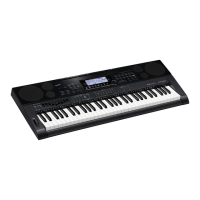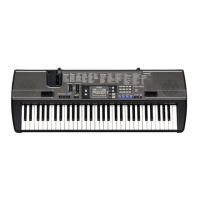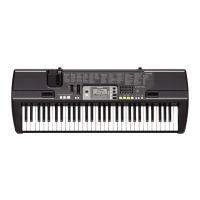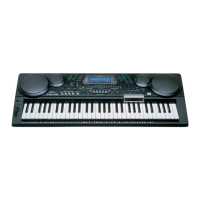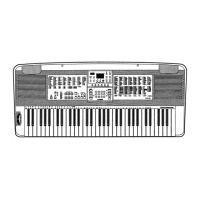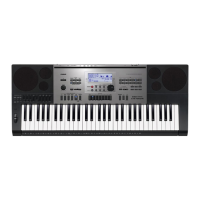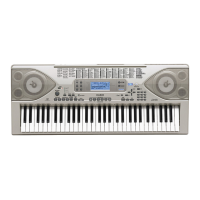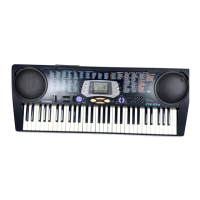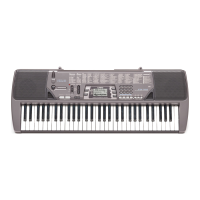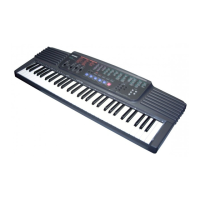What to do if my Casio CTK-7000 Electronic Keyboard won't turn on?
- UuwilsonAug 16, 2025
If the power of your Casio Electronic Keyboard will not turn on, check the AC adapter or make sure that the batteries are facing correctly. You can also replace the batteries with new ones or switch over to AC adapter power. If you tried to perform some operation while the “Please Wait” message was displayed, while holding down the R-2 ([B] E.PIANO) and R-5 ([E] STRINGS) buttons, press the L-1 (POWER) button to turn on power. Warning! The following operation will delete all Digital Keyboard data and return all settings to their initial factory defaults.
